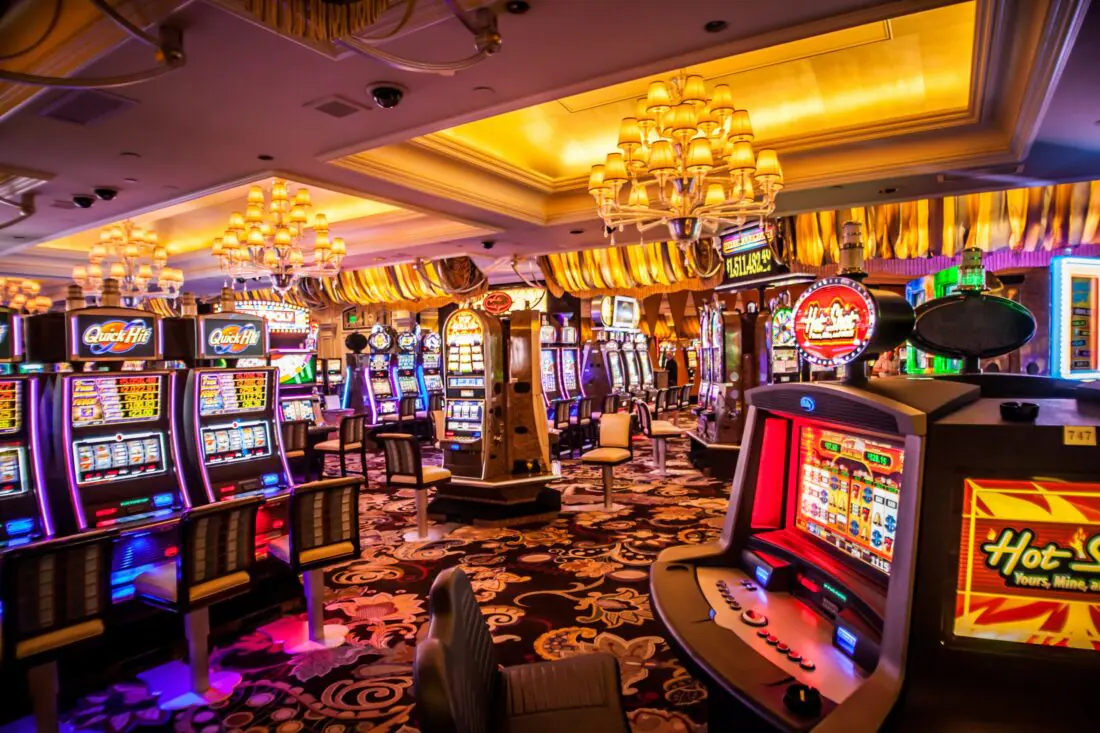
In a dynamic and thrilling world of gaming establishments, wherein luck and strategy intertwine, color and aesthetic play a critical role in attracting players. From the moment visitors step inside a casino or access a gaming platform, they are enveloped in a sightly feast that grabs their attention and entices them to explore more. Bright colors, captivating graphics, and innovative layouts are meticulously crafted to create an atmosphere of excitement and expectation, ultimately enhancing the gaming encounter.
While gamblers navigate through the dynamic landscape of casino games, they come across a variety of designs that not only serve visual purposes but also affect emotions and decision-making. Hues like scarlet and yellow symbolize riches and fortune, while calm navy and emeralds can create a more tranquil environment. Grasping how these elements work together allows casinos to create an welcoming and energizing atmosphere that encourages players to engage with the games, invest additional time at the tables, and boost their general enjoyment.
The Study of Hue in Gambling Games
Tint plays a key role in the creation of gaming experiences, shaping players’ feelings and actions. Bright and bold shades, such as crimson and gold, are often used to incite enthusiasm and capture attention. These colors create a sense of pressure and energy, encouraging participants to engage more enthusiastically with the activity. By intentionally selecting tints, developers aim to evoke emotions of satisfaction and excitement, which can enhance the complete player experience.
Various colors also have psychological meanings that can affect how gamblers perceive their odds of winning. For example, emerald is commonly associated with fortune and abundance, making it a well-liked choice in activities like the roulette wheel and poker games. This link can result players to feel more optimistic and confident in their gaming, ultimately motivating them to bet more. Understanding these associations allows game developers to create environments that enhance player happiness and retention.
Moreover, the design of casino game interfaces often employs blended colors and differing shades to guide players’ actions. For example, successful outcomes may be highlighted with vivid, contrasting hues, creating a visual incentive. This method reinforces favorable outcomes and promotes repeated gameplay. By leveraging the psychology of color, casinos can develop games that not only captivate participants but also hold them interested and dedicated in their play experience. 78WIN 78WIN COM
Creative Elements that Attract Gamers
The aesthetic appeal of casino games is largely influenced by the use of bold colors. Lively and striking colors are strategically chosen to create an inviting atmosphere that captures interest. For instance, reds and golds often signify luck and wealth, which is why they are common in the palettes of gaming machines and game surfaces. These colors not only draw players in, but they also evoke emotions associated with thrill and expectation, enhancing the overall gaming experience.
In addition to color, the design and organization of casino games play a crucial role in captivating players. Games are designed to be user-friendly, ensuring that players can easily understand the rules and mechanics. Accessible interfaces, along with captivating graphics and animations, help maintain gamer interest and encourage extended play sessions. The tactile elements, such as the texture of the buttons and the sounds of the games, also contribute to a comprehensive sensory experience that keeps players engaged.
Finally, thematic elements in game design can greatly influence player choice. Many casino games are inspired by popular culture, fairy tales, or exploration motifs, featuring symbols and characters that resonate with players. These themes create a sense of immersion and relatability, making each game feel unique. When players feel a connection to the theme, they are more likely to choose that game over others, leading to higher participation and enthusiasm within the gambling environment.
Case Studies: Effective Gambling Game Designs
One prime example of effective gambling game design is the popular slot machine series themed around hit movies. Games such as those based on the Wizard of Oz and Game of thrones utilize vibrant colors and superior graphics to engage players in familiar narratives. The use of moving visuals and entertaining sound effects grabs the attention of players, building an emotional connection to the theme. This approach merely promotes longer play but also boosts the overall gaming experience, yielding increased player retention.
Another notable case is the application of color psychology in table games like blackjack and the wheel. Casinos often design these games with deep reds and greens, colors traditionally associated with luck and wealth. For instance, the emerald felt on a blackjack table provides a calming effect, while the crimson accents in the wheel invite anticipation. This deliberate use of color helps to create an inviting atmosphere that motivates players to join in, satisfying their psychological impulses and increasing their enjoyment.
Finally, social casino games that feature community features and bright, dynamic designs have experienced remarkable success in engaging players. Games like Zynga Poker and Slotomania leverage striking colors and playful animations to create an inviting online environment. The addition of leaderboards, social sharing options, and in-app rewards encourages competition and community, pulling players in for longer sessions. Such designs not only make the games visually enticing but also underscore social connectivity, a key factor in player retention and engagement within online casino environments.